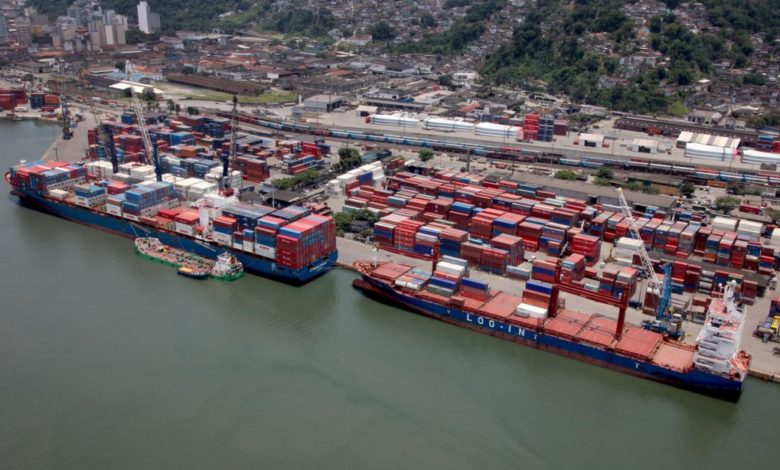How the port of Santos became the world’s cocaine export hub

News last month that Mediterranean Shipping Company (MSC), the world’s largest containerline, had decided to suspend intermodal operations in Brazil with Santos, Latin America’s largest port, labelled cocaine’s “world trade center” was read by more than 50,000 Splash readers.
The interest in the story set Splash Extra journalists on an assignment to investigate how drug cartels had managed to transform Santos into such a pivotal hub for the cocaine trades.
The majority of the international drug trade for product manufactured in Colombia, Peru and Bolivia, passes through Brazilian ports, led by Santos in São Paulo state.
São Paulo is home to Brazil’s largest criminal organisation, the First Capital Command (Primeiro Comando da Capital – PCC), which has become an essential player supplying Europe’s cocaine market, valued at more than $10bn, according to recent customs data on cocaine seizures and research studies on illegal drugs.
Gains from European trafficking have enabled PCC, led by Marco Willians Herbas Camacho, also known as Marcola, to complete its transformation from a prison gang to a transnational player.
“In recent years this cartel has strengthened relations both with the cartels in the producing region, in Colombia and Bolivia, and with European mafias. The Port of Santos is located in the state where the PCC originated and has its largest contingent, therefore being one of the preferred ports for the shipment of drugs,” Carlos Carvalhal, former inspector and member of the Port Guard at Santos Port and port facility security officer told Splash Extra.
The in-depth feature studies the role of the ‘Ndrangheta, the Italian mafia, and Balkan gangsters in the trade out of Santos and looks at how the drugs are hidden and which are the main destination ports for this illicit trade.
Published on the last Wednesday of every month and priced for as little as $200 a year, Splash Extra serves as a concise monthly snapshot, ensuring readers are on top of where the shipping markets are headed.
To access the February issue, click here. For more details on Splash Extra subscriptions, click here.
